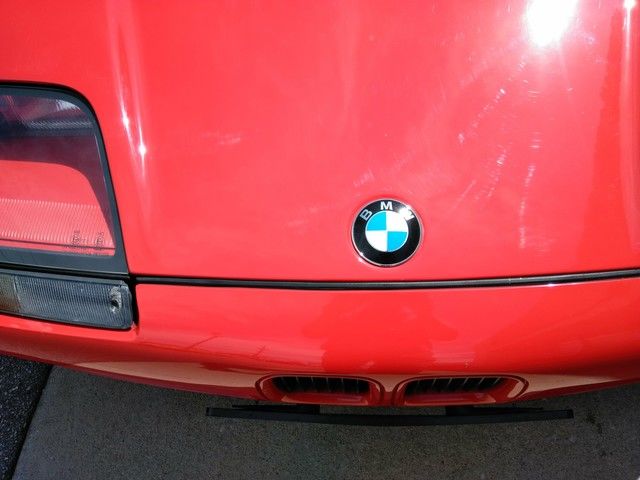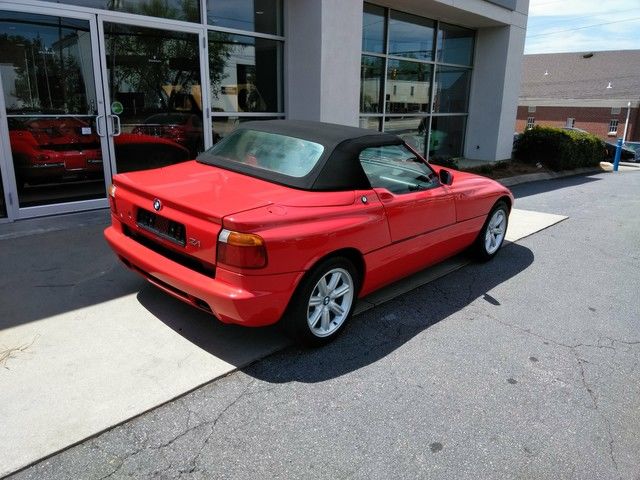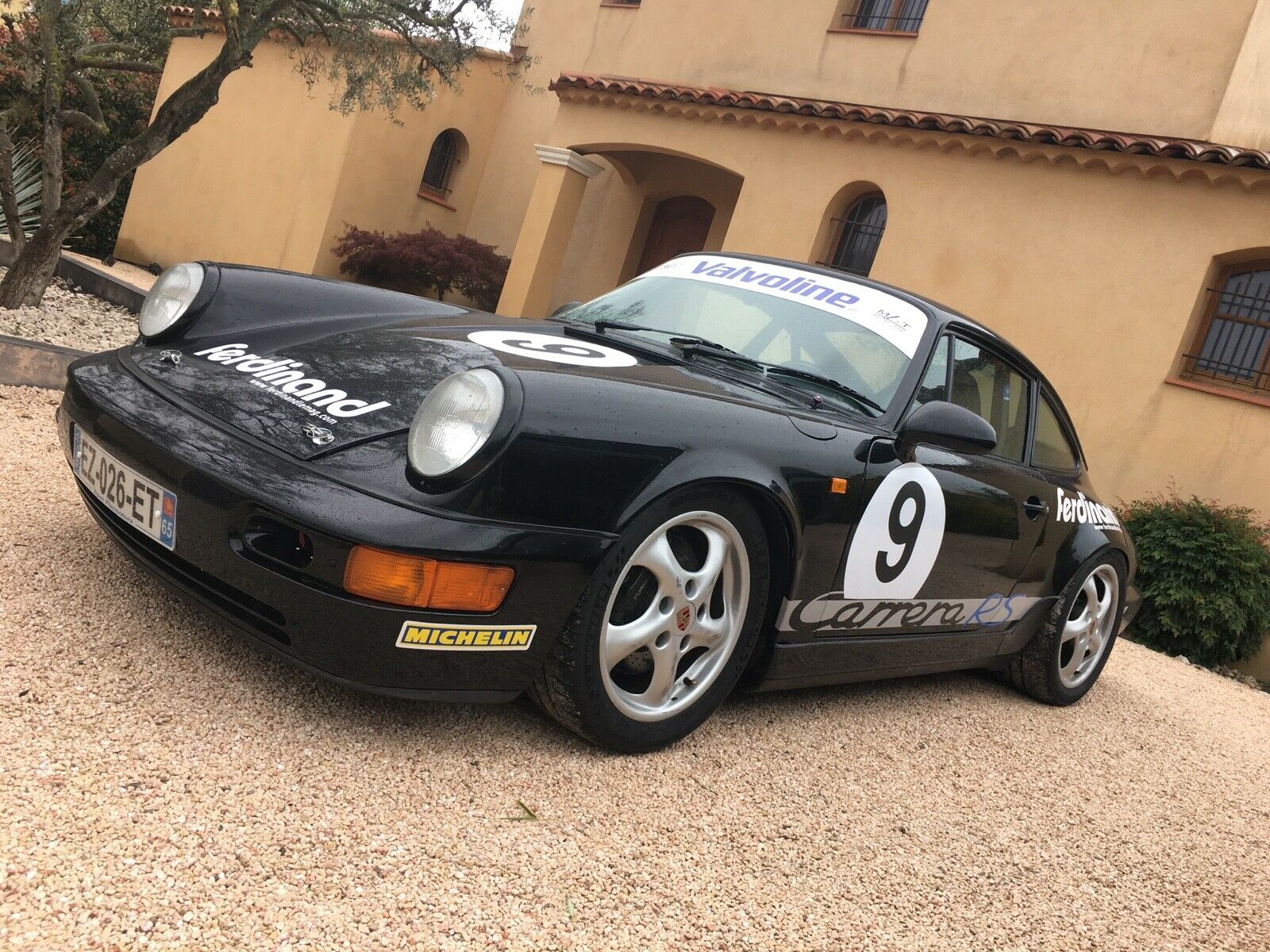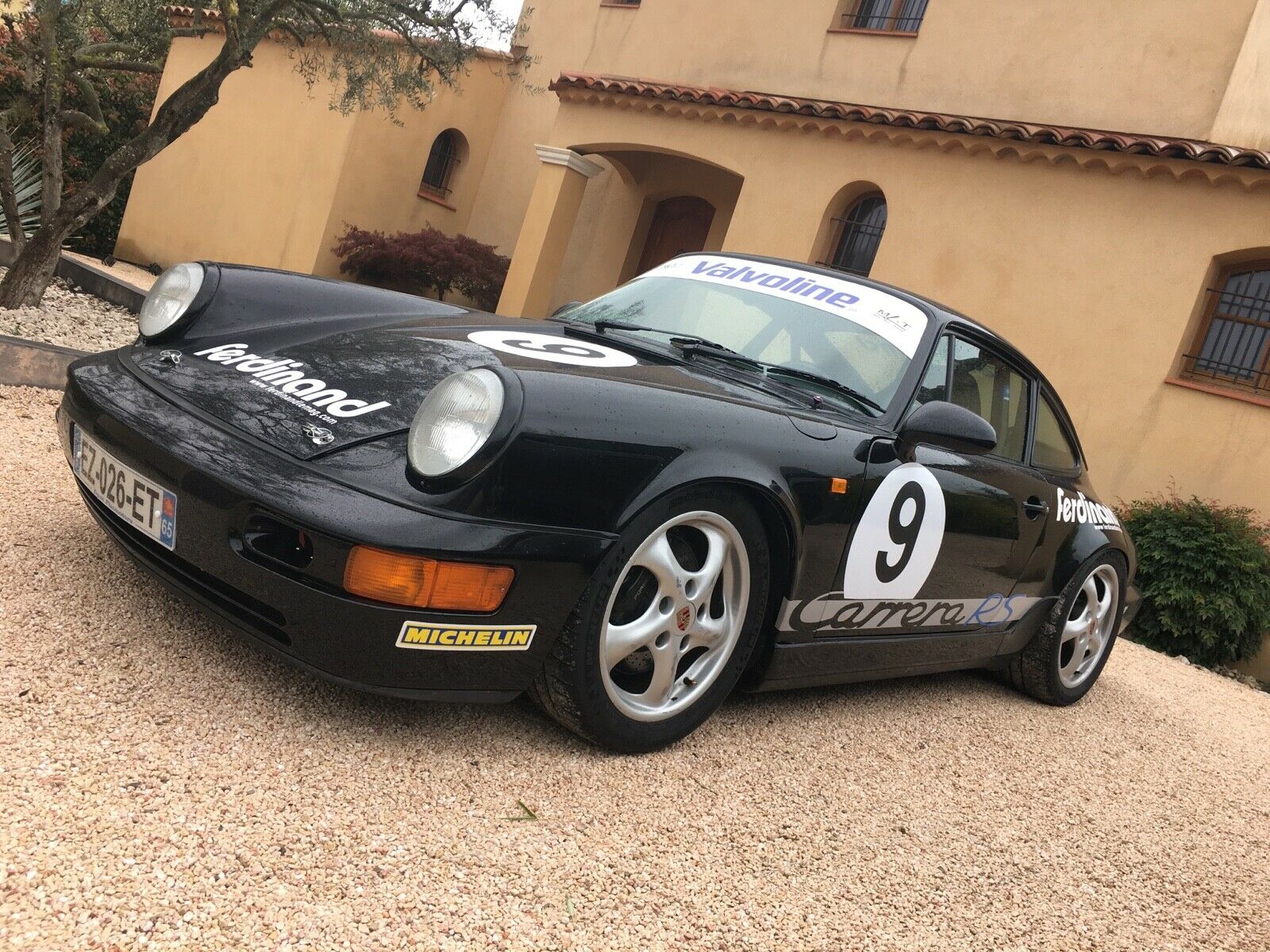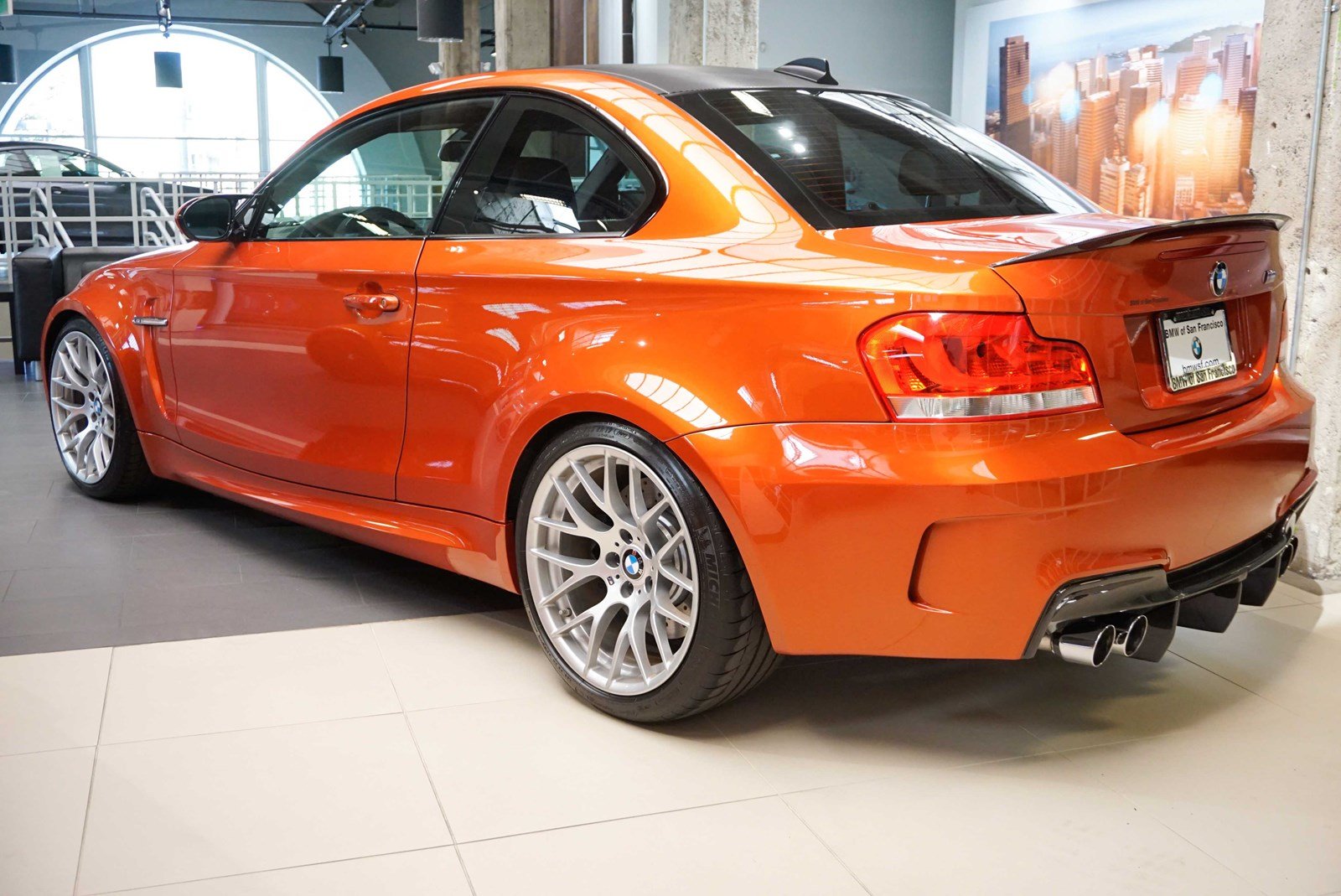I’m a big “value for money” guy. I guess that also means I’m cheap, but who cares how you define it. You’ll never find me paying full price for something or heaven forbid even a premium if I can find a better deal elsewhere. Sometimes this works out swimmingly, sometimes it goes up in flames. That comes with the territory. Today’s car, a 2007 Porsche 911 Turbo up for sale in California, is in my eyes a great value for money car. Why is it? Outside of just existing as a borderline everyday super car that you can drive in total relaxation and comfort, some 10-12 years later, prices are about half of MSRP. However, this car is much cheaper than that. There is not one, but two big reasons for that. Let me explain.
Month: May 2019
BMW took a big leap at the end of the 1980s and introduced some pretty extreme design language. First was the E31 8-series, a seeming quantum leap from the outgoing 6-series. That chassis pioneered, for better or worse, a tremendous amount of technical and electronic innovation for BMW. The 8s relied on a bevy of computers to control its chassis, electronic suite and engine. Side by side with the more famous Grand Tourer though was a diminutive roadster BMW produced based heavily on the E30 chassis. Instead of a heavy reliance on computer technology, the futuristic (hence Z for the German word for future – Zukunft) plastic bodied Z1 looked like a supercar even if it didn’t go like one. Park one next to a E30 convertible and you’d never know the two are related!
The Z1 was a complete departure for BMW; while they were not strangers to small cabriolets, their previous efforts were in the 1930s with the 315/1 and the 1960s with the 700. BMW went away from the idea of an integral body and frame to a separate chassis with removable, plastic body pieces. The idea was that the owners could replace the panels themselves to “repaint” the car with minimal effort. It was something the Smart car would be notable for – a car that launched a decade following the Z1. To get the paint to adhere to the bodywork, BMW had to partner with AZKO coatings to develop a flexible paint which they termed ‘Varioflex’, while the bodywork had to be attached using a unique elastic joint technique. The doors didn’t open out – the slid down into the supporting chassis structure. The underbody was flat, not only for aerodynamics, but the tray turned into a diffuser towards the back, assisting in sticking the rear to the ground as speeds rose. In front was nothing new – the venerable M20 from the E30 popped up here, too – but in the rear the Z1 was new with a multi-link rear axle of its own. This new design would later be incorporated into the E36. It’s interesting that with the Z3 BMW opted to go the opposite route and incorporate earlier E30 pieces into the rear of the /7 and /8. While performance was relatively leisurely, the Z1 nevertheless garnered praise for its innovation, unique design and great looks. They never made it to U.S. shores and only around 8,000 examples were ever produced, but a few have crossed the Atlantic now that they’re old enough to be more easily imported:
CLICK FOR DETAILS: 1989 BMW Z1 on eBay
1 CommentWhile the US market had to settle for the RS America, a lightened low-option version of the Carrera 2, other markets enjoyed the full-on Carrera RS. The Carrera RS used the tried-and-true method of more power/less weight, combining a higher output version of the 964’s 3.6 liter flax-six with significant weight reduction – coming in 155 kg lighter than a standard Carrera 2 – to provide the sort of no frills performance that 911 enthusiasts had long craved since the original RS. Under the rear hood was the M64/03 rated at 260 horsepower which doesn’t sound like a lot by today’s numbers. But the lightweight RS made good use of all of them, proving itself not only to be a class-leading sports car but also one adept at racing in keeping with the 911’s heritage. Suspension was lowered half an inch and stiffened, while the limited-slip differential from the Turbo was borrowed. Power steering was dropped for a manual rack, and while there were packages to add back in road-going manners, this ultimately was a bare-bones racer at heart.
Some 2,276 964 Carrera RSs were made, with a fair chunk of those heading to the track. There were a limited group of these cars imported to the U.S. for a failed race series and a few more since 911 mania took off, but the bulk of production still lies in Europe, just like this ’92 being offered today from France:
CLICK FOR DETAILS: 1992 Porsche 911 Carrera RS on eBay
1 Comment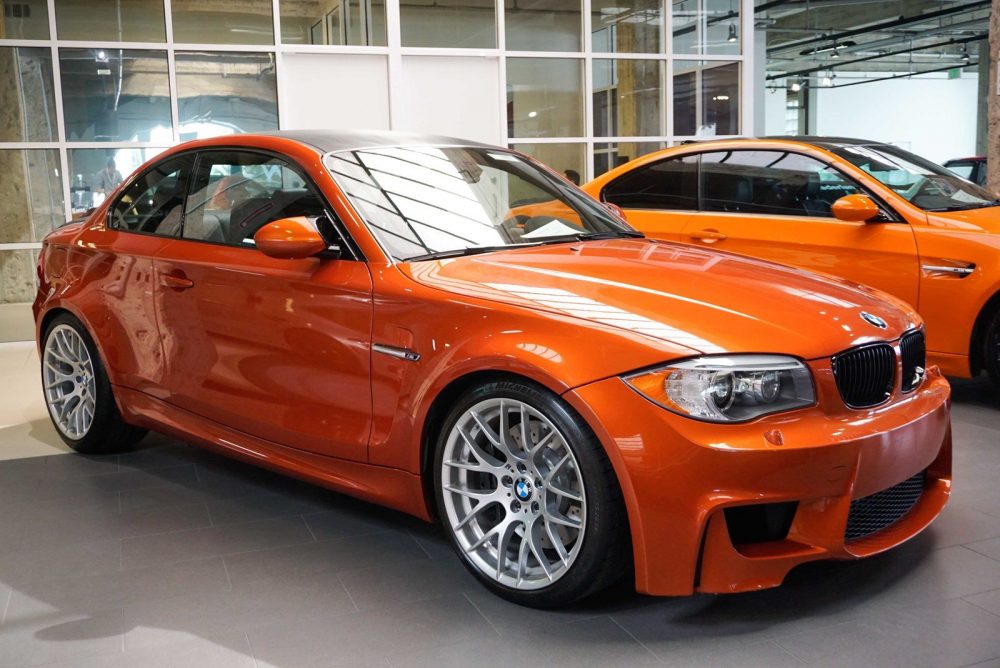
The BMW 1M is safely now into cult status. Values for used examples very rarely dip below $40,000 with the nicest one selling for tens of thousands more. Does it surprise me? Yes, a little. I think we all knew it was a really fun car, but I don’t think anyone knew they’d still be trading hands close to MSRP some eight years later. Good value for money? I can’t argue it. These cars are a hoot in daily driver situations as well as the track. Yeah, the N54 has its drawbacks (this example needed new spark plugs at 8,000 miles), but if you stay on top of things, nothing is too severe. Today, I came across an example painted in signature Valencia Orange with just over 10,000 miles. Even better, it was for sale at a BMW dealer in San Francisco. Great news, right? Nope. You aren’t prepared for how much they are asking for this car. Trust me.


